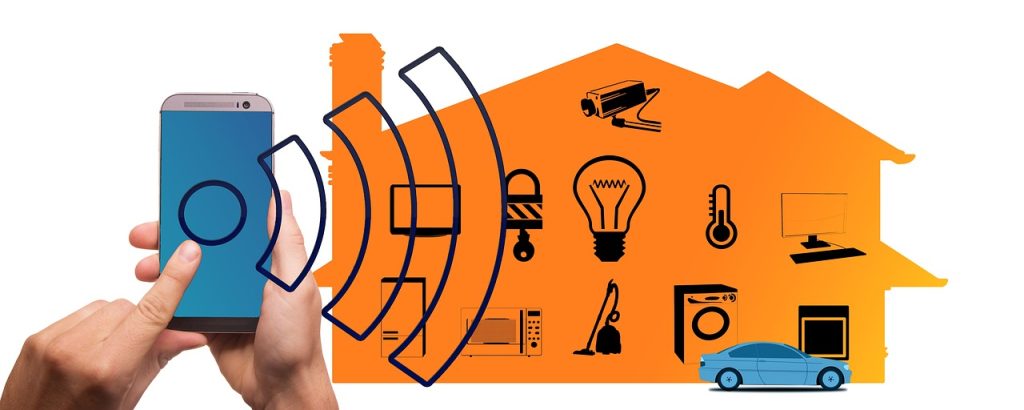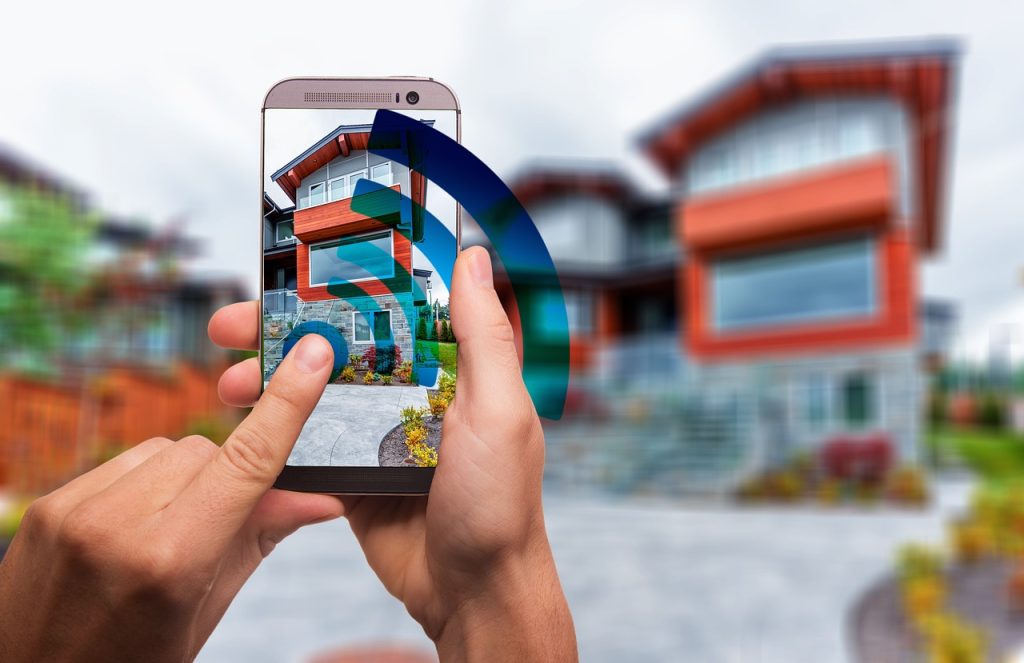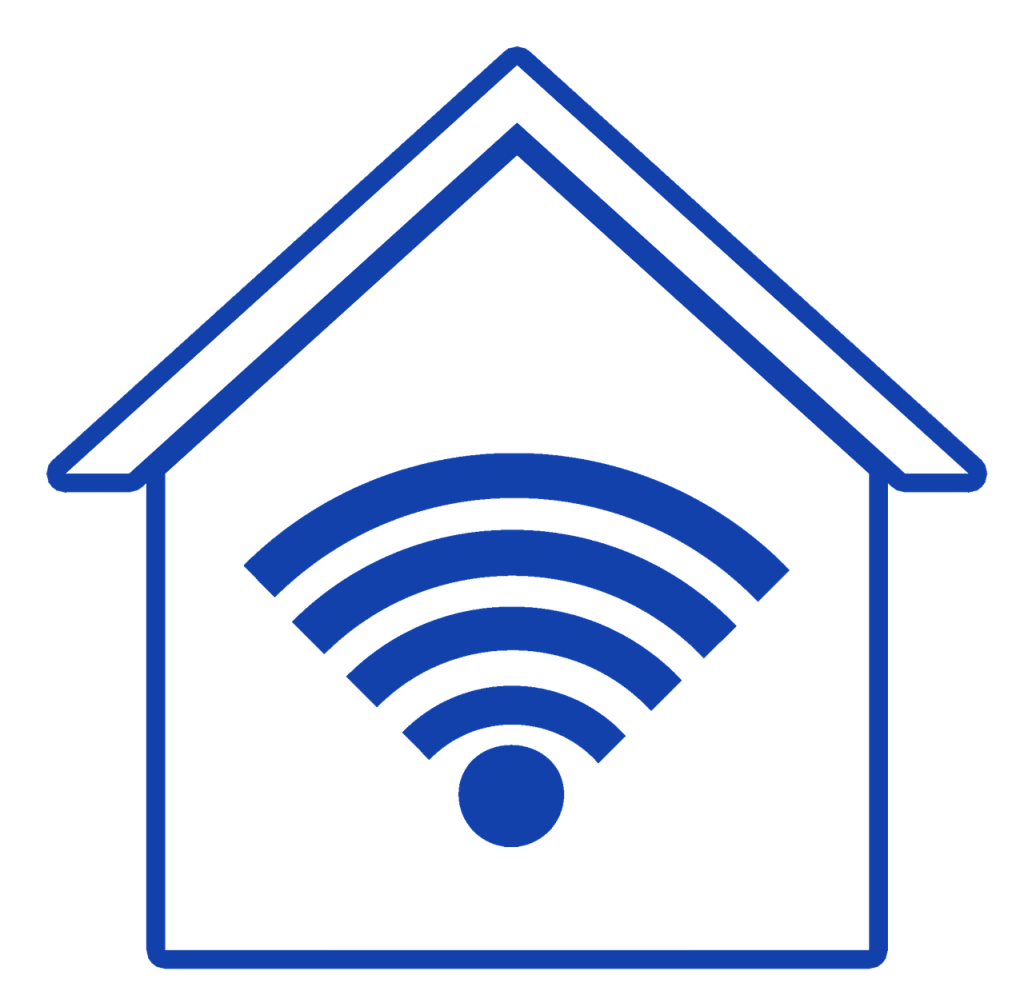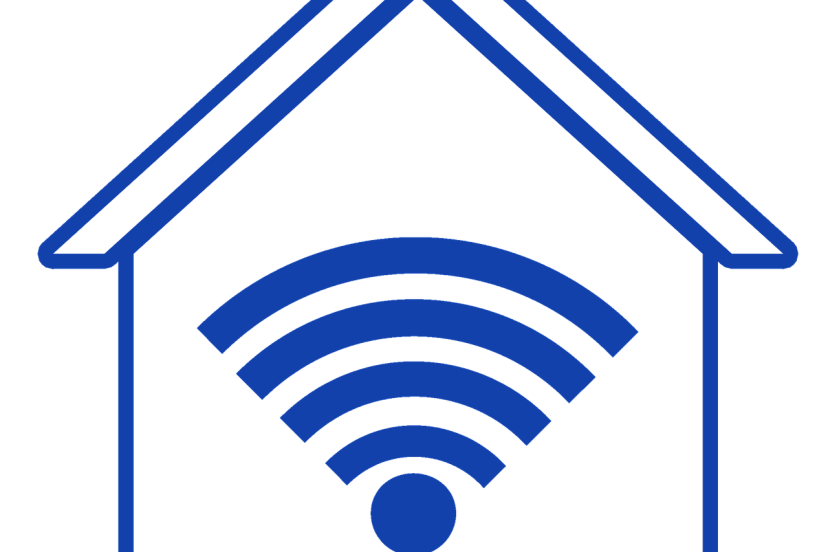Bringing Intelligence to Your Home: Smart Home Lighting Solutions
Imagine coming home after a long day at work, and with a simple voice command, the lights in your living room instantly brighten up, creating a warm and inviting atmosphere. With the growing popularity of smart home lighting solutions, this futuristic scenario is becoming a reality for homeowners all around the world. Smart home lighting not only provides convenience and ease, but it also offers a touch of sophistication and intelligence to your living space. In this article, we will explore the various benefits and features of smart home lighting solutions, making your home a truly intelligent one.
I. Understanding Smart Home Lighting
A. What is Smart Home Lighting?
Smart home lighting refers to the use of advanced technology to control and customize your home lighting system. With smart home lighting solutions, you can adjust the brightness, color, and even the scheduling of your lights, all from the convenience of your smartphone or other smart devices. This innovative technology brings a whole new level of convenience, energy efficiency, and customization to your home lighting.
B. Benefits of Smart Home Lighting
Smart home lighting offers a wide range of benefits that can greatly enhance your daily life. Firstly, it adds convenience by allowing you to control your lights remotely and easily set up automation and scheduling based on your preferences. Secondly, it helps to improve energy efficiency by enabling you to monitor and optimize your energy usage through dimming and turning off lights when not needed. Additionally, smart home lighting can enhance your home security by allowing you to control and program your lights to simulate occupancy when you’re away. Lastly, it provides an opportunity for creative expression and mood setting by allowing you to customize the colors and brightness of your lights, instantly transforming the atmosphere of any room.
C. How Smart Home Lighting Works
Smart home lighting is powered by advanced technology such as wireless networking, sensors, and smart hubs. Wireless smart bulbs, smart light switches, smart light strips, and smart light fixtures are the backbone of this technology. These devices connect to your home’s Wi-Fi network or a central hub, which acts as the control center for your smart home lighting system. Through dedicated mobile apps or voice commands via virtual assistants, you can remotely control and customize your lights, create schedules, and program different lighting scenes to suit your needs and preferences.
II. Types of Smart Home Lighting Solutions
A. Wireless Smart Bulbs
Wireless smart bulbs are one of the most popular options when it comes to smart home lighting solutions. These bulbs can be easily installed in your existing light fixtures and connect to your home Wi-Fi network. With wireless smart bulbs, you can control the brightness and color of your lights, set schedules, and even sync them with other smart devices for a seamless home automation experience.
B. Smart Light Switches
Smart light switches are another convenient option for upgrading your home lighting system. These switches replace your standard light switches and provide you with advanced features such as remote control, scheduling, and compatibility with virtual assistants. Instead of replacing every bulb in a room, you can simply replace the light switch and enjoy the benefits of smart lighting.
C. Smart Light Strips
If you want to add a touch of creativity and ambiance to your home, smart light strips are a great option. These flexible LED strips can be easily attached to various surfaces and controlled through your smartphone or other smart devices. With smart light strips, you can change colors, create dynamic lighting effects, and even sync them with your music or movies for an immersive experience.
D. Smart Light Fixtures
Smart light fixtures are a more integrated solution for smart home lighting. These fixtures come with built-in smart technology and offer advanced features such as adjustable colors, brightness control, and smart scheduling. With smart light fixtures, you can easily upgrade your entire lighting system in a room without the need for individual bulb replacements.

III. Features and Functionality
A. Voice Control
One of the key features of smart home lighting is voice control. By integrating your smart lighting system with virtual assistants like Amazon Alexa or Google Assistant, you can control your lights using simple voice commands. Whether you want to turn on/off the lights, adjust the brightness, or change the colors, voice control provides a hands-free and effortless way to manage your home lighting.
B. Dimming and Color Settings
Smart home lighting allows you to easily adjust the brightness and color of your lights to create the perfect ambiance for any occasion. Whether you want bright, white light for reading or studying, or warm and dimmed light for relaxation, smart lighting systems give you complete control over the lighting atmosphere in your home. You can choose from a wide range of color options and even create custom lighting scenes to suit your mood.
C. Automation and Scheduling
With smart home lighting, you can automate your lights to turn on or off at specific times or in response to certain events. For example, you can set your lights to turn on gradually in the morning to mimic the sunrise, or have them automatically turn off when you leave the house. These automation and scheduling features not only enhance convenience but also help to improve energy efficiency by ensuring lights are only on when necessary.
D. Motion Detection
Smart home lighting systems often come with motion detection capabilities. With motion sensors integrated into your lighting setup, you can have lights automatically turn on when you enter a room and turn off when there is no motion detected. This feature is not only convenient but also contributes to energy savings by eliminating the need for manual control and ensuring lights are only in use when needed.
IV. Integration with Other Smart Home Devices
A. Smart Speakers
Integrating your smart home lighting system with smart speakers like Amazon Echo or Google Nest allows for seamless voice control of your lights. You can simply ask your smart speaker to turn the lights on or off, adjust brightness, or even set specific lighting scenes without needing to use your smartphone or other devices.
B. Smart Thermostats
Smart lighting can work hand in hand with smart thermostats to create a truly integrated home automation experience. By integrating the two systems, you can program your lights to change color or dim when the thermostat detects you are away or when you want to conserve energy. This integration not only enhances convenience but also promotes energy efficiency and savings.
C. Security Systems
Smart home lighting can play a crucial role in enhancing home security. By integrating your lighting system with your home security system, you can program your lights to turn on or off at specific times or in response to certain events, creating the illusion that someone is home even when you’re away. Additionally, you can set up motion detection to trigger specific lighting scenes or even receive notifications on your smartphone when motion is detected outside your home.
D. Entertainment Systems
Smart lighting can also be integrated with your entertainment systems to create immersive experiences. By syncing your lights with your TV or music, you can have the lights change color and brightness in sync with the content you’re watching or listening to, adding a whole new dimension to your entertainment setup.

V. Installation and Setup
A. Compatibility and Requirements
Before diving into the installation process, it is important to ensure that your smart home lighting solution is compatible with your existing setup. Check the compatibility requirements of the specific brand or product you’ve chosen, including whether it requires a specific hub or if it can connect directly to your Wi-Fi network. You may also need to ensure that your smartphone or other smart devices are compatible with the required operating system.
B. Quick Installation Guides
Most smart home lighting solutions come with quick installation guides to help you get started. These guides typically include step-by-step instructions on how to install the devices, connect them to your home network, and set up the accompanying mobile app. It is important to carefully follow these guides to ensure a successful installation.
C. App and Hub Setup
Once the physical installation is complete, you will need to set up the accompanying mobile app and, if required, a central hub for your smart home lighting system. The app will allow you to control and customize your lights, create schedules, and access advanced features. Some systems may require the use of a central hub to connect and communicate with your devices, so make sure to follow the instructions provided to set up the hub correctly.
VI. Tips for Maximizing Smart Home Lighting
A. Create Lighting Scenes
Take advantage of the customization options offered by smart home lighting systems and create lighting scenes for different occasions. For example, you can create a “Movie Night” scene that dims the lights and sets them to a warm color, or a “Wake Up” scene that gradually brightens the lights to simulate a sunrise. Experiment with different scenes to suit your preferences and enhance the ambiance of your home.
B. Utilize Geolocation Feature
Many smart home lighting systems offer a geolocation feature that allows you to control your lights based on your location. For instance, you can set your lights to turn on automatically when you approach your home or turn off when you leave. This feature adds an extra layer of convenience and can help save energy by ensuring lights are only on when needed.
C. Experiment with Colors and Mood Lighting
Don’t be afraid to get creative with colors and mood lighting. Smart home lighting systems often offer a wide range of color options, allowing you to create dynamic and vibrant lighting effects. Experiment with different colors to match your mood or the theme of a gathering. Whether it’s a calm blue for relaxation or a vibrant mix of colors for a party, the possibilities are endless.
D. Consider Energy Efficiency
While smart home lighting offers a plethora of features and customization options, it is important to also consider energy efficiency. Take advantage of automation, scheduling, and motion detection features to ensure lights are only on when needed. Additionally, choose energy-efficient bulbs and fixtures, such as LED bulbs, to further reduce energy consumption and lower your electricity bills.

VII. Potential Issues and Troubleshooting
A. Connectivity Problems
Sometimes, you may encounter connectivity issues when setting up or using your smart home lighting system. If you are experiencing connection problems, try the following troubleshooting steps:
- Ensure that your Wi-Fi network is stable and working properly.
- Make sure that the smart devices and the hub, if applicable, are within range of your Wi-Fi router.
- Restart your smart devices and the hub.
- Check for firmware updates for your smart devices and hub.
B. Firmware Updates
Firmware updates are crucial for ensuring the optimal performance and security of your smart home lighting system. Manufacturers regularly release firmware updates to fix bugs, add new features, and improve compatibility. It is important to regularly check for firmware updates through the mobile app or manufacturer’s website and update your devices accordingly.
C. Power Outages and Backup Solutions
Power outages can disrupt the functionality of your smart home lighting system. In the event of a power outage, your lights may revert to their default settings or turn off completely. To mitigate the impact of power outages, consider using battery backups or uninterruptible power supplies (UPS) for your smart hub and other critical components. This will ensure that your lights remain functional even during power outages.
D. Troubleshooting Guide
If you encounter any issues with your smart home lighting system that cannot be resolved through basic troubleshooting steps, consult the troubleshooting guide provided by the manufacturer. The guide should contain specific solutions to common issues, as well as contact information for customer support if further assistance is required.
VIII. Smart Home Lighting Trends and Future Innovations
A. Voice Assistant Integration
Voice assistant integration is expected to become even more seamless and sophisticated in the future. With advancements in natural language processing and machine learning, the ability to control your smart home lighting system using voice commands will become even more intuitive and personalized.
B. AI and Machine Learning
Artificial intelligence (AI) and machine learning will play a significant role in the future of smart home lighting. These technologies will enable your lighting system to learn your habits and preferences, automatically adjusting the lighting based on your behavior and optimizing energy consumption.
C. Li-Fi Technology
Li-Fi, or Light Fidelity, is an emerging technology that uses light to transmit data. This technology has the potential to revolutionize smart home lighting by enabling high-speed wireless communication through LED lights. With Li-Fi, your smart home lighting system could not only illuminate your home but also serve as a high-speed internet connection.
D. Smart Home Lighting as Part of Smart Grids
In the future, smart home lighting systems are expected to become an integral part of smart grids. By integrating with the power grid, these systems can receive real-time data on electricity prices and demand, allowing you to adjust your lighting usage according to the most cost-effective and energy-efficient options.
IX. Comparison of Top Smart Home Lighting Brands
A. Philips Hue
Philips Hue is one of the most renowned brands in the smart home lighting market. Known for its wide range of products and excellent color accuracy, Philips Hue offers a comprehensive ecosystem of smart bulbs, light strips, fixtures, and accessories. It supports voice control, integrations with virtual assistants and other smart devices, and provides a user-friendly app for easy control and customization.
B. LIFX
LIFX is another popular brand in the smart home lighting industry. What sets LIFX apart is its focus on producing high-quality, energy-efficient LED bulbs that offer vibrant colors and exceptional brightness. LIFX bulbs connect directly to Wi-Fi, eliminating the need for a separate hub, and provide a user-friendly app with advanced features such as scheduling, automation, and scene creation.
C. Nanoleaf
Nanoleaf is known for its unique and innovative smart lighting solutions. The brand’s triangular light panels allow you to create stunning visuals and colorful patterns on your walls. Nanoleaf’s products integrate with popular virtual assistants, offer dynamic lighting effects and customizable scenes, and provide a user-friendly app for control and customization.
D. Yeelight
Yeelight offers a range of smart lighting products that combine quality, affordability, and ease of use. From smart bulbs to lightstrips and fixtures, Yeelight provides options for upgrading your home lighting. Yeelight’s products support voice control, offer customizable lighting scenes, and integrate with popular smart home platforms. The brand also provides a user-friendly app for control and customization.
X. Conclusion
Smart home lighting solutions offer a world of convenience, energy efficiency, customization, and security. From wireless smart bulbs to smart light switches, the options are vast and cater to various needs and preferences. With features like voice control, dimming and color settings, automation and scheduling, and integration with other smart devices, smart home lighting systems bring a new level of control and creativity to your home. By following installation and setup guides, maximizing the features and functionality, and staying updated on trends and innovations, you can transform your home into a truly intelligent and customizable space with smart home lighting solutions.




